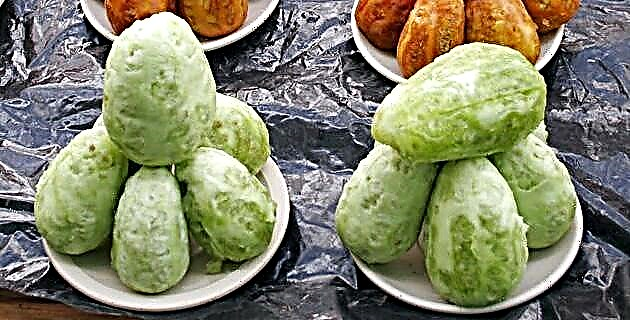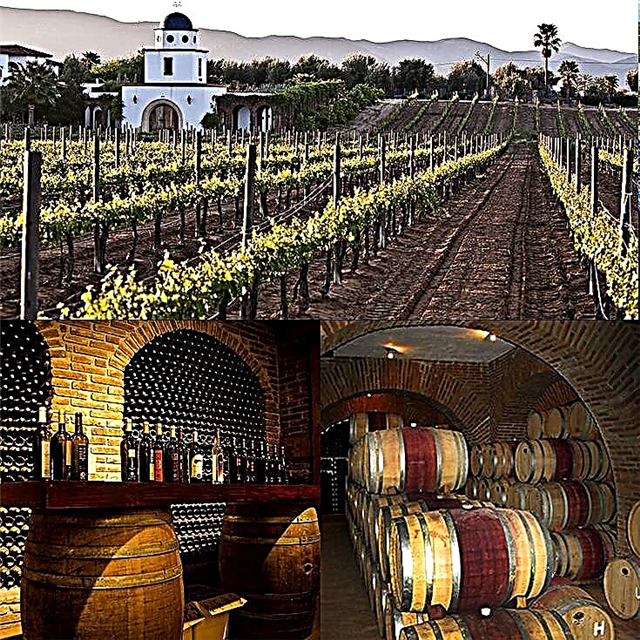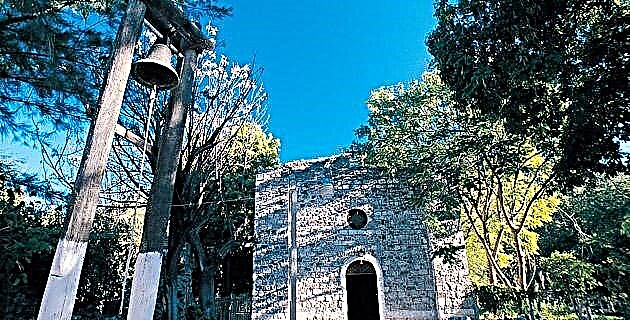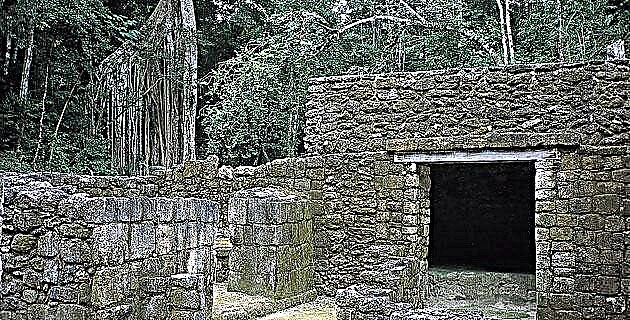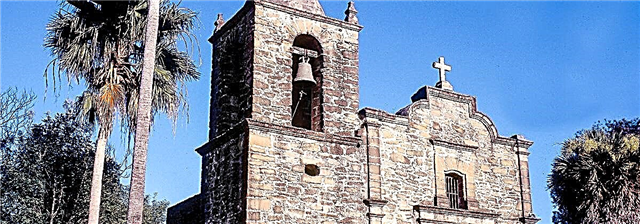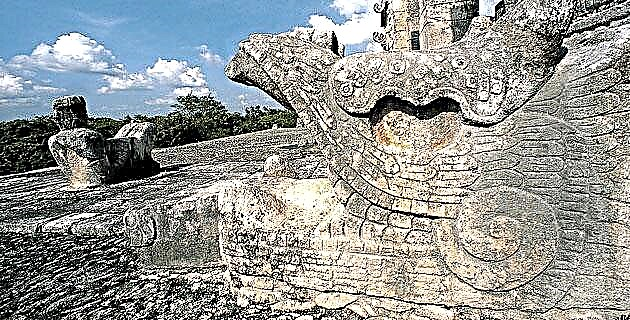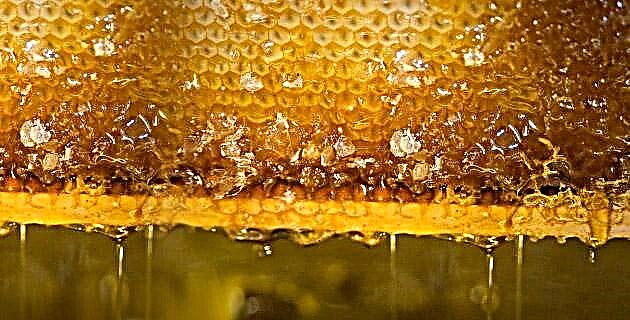
Around 300,000 tons of honey are traded in the international market per year, Mexico participates in it with an average of ten percent, thus ranking third as an exporting country, after China and Argentina.
The main producing region is the Yucatan Peninsula, which accounts for about a third of the national production and whose honey is largely exported to the countries of the European Union.
Mexican honey is mostly exported to Germany, the United Kingdom and the United States. Today more than a million tons of honey are produced in the world. European countries, although they are important producers, are also the main importers due to the great acceptance that honey has in that geographical region.
The best known worldwide is produced by Apis mellifera, a species used practically all over the world for its high productivity and great ability to adapt to various environments.
Honeycomb to honeycomb
Located in the southeast of Mexico and surrounded by the waters of the Caribbean Sea and the Gulf of Mexico, the Yucatan Peninsula is covered by different types of low-altitude tropical vegetation, such as deciduous, sub-deciduous and evergreen tropical forests, with important areas with hydrophilic vegetation. towards the coastal areas. The different plant subtypes and associations are distributed influenced by a precipitation gradient that ranges from 400 mm of average annual precipitation in the north to 2,000 mm that are recorded in the south of the Peninsula. About 2,300 species of vascular plants have been described in the region.
The sweetness of the forest, honey and commerce
Apis mellifera was introduced to the Yucatan Peninsula at the beginning of the last century, around 1911. It is probable that the first was the subspecies A. mellifera mellifera, known as the black or German bee. Later came the Italian bee, A. mellifera ligustica, a subspecies that is quickly adopted because it is very productive and docile.
Beekeeping in the peninsula is an activity basically carried out by small producers for whom, within a self-subsistence production system, the sale of honey represents a complementary income input.
The techniques used are very rustic, with little investment in equipment and technical training and using family labor. The hives are established in fixed apiaries in strategic places to take advantage of the different blooms, unlike other regions where beekeepers mobilize their apiaries according to the flowering peaks in different ecosystems. Honey production is possible in this way thanks to the rich melliferous flora of the region.
Xuna’an kab, the Mayan bee
Honey bees are insects that live in colonies with a high degree of social organization. A single queen lives in each colony and its main function is to lay eggs, which can be up to 1,500 daily during the colony's growth period. The bees of one colony are recognized and differentiated from another by the pheromones that their queen produces. Drones are male individuals. Its function is to impregnate the queen; after the nuptial flight they die. They only live for about a month and those that fail to mate are expelled from the hive by the workers. The workers are female bees, but their reproductive organs are undeveloped. According to their age and development, they perform different tasks. They clean the brood cells, take care of the feeding of the larvae and the queen, make and store honey and pollen, also make the royal jelly with which they feed the queen and the wax with which they build the combs, and collect nectar. , pollen, water and propolis. The life of a worker varies depending on the work she does, at harvest time, they live only six weeks, outside of this they can live six months. Of these hair-covered body insects that feed on nectar and pollen found in flowers. Of the eleven families into which they are divided, eight are in Mexico, most are lonely and live in the arid areas of the country. Only some members of the Apidae family are truly social, living in organized colonies and building combs where they store their food.
Harvests and crises
The beekeeping cycle is closely related to the rain cycle. The main harvest period occurs during the dry season, from February to May or June, depending on the onset of the rains. At this time, a large part of the nectariferous species flourish and the bees produce honey in sufficient quantities to maintain their population and accumulate surpluses for the time of scarcity; it is this stored honey that the beekeeper harvests without risk of damaging the bee population. At the beginning of the rainy season, although flowering is at its peak, the high degree of humidity does not allow the bees to work efficiently, the honey that is harvested in this short period has a high degree of humidity, some beekeepers sell it at low prices and others save it to feed bees during times of crisis.
The long period of rain, from August to November, represents the time of crisis for the bees. At this time few melliferous species flourish, however, these are of great importance for the maintenance of the colonies; many beekeepers even have to provide extra food for their bees. In the time of transition from the rainy to the dry season a significant number of species begin to flourish, providing the bees with nectar to strengthen their populations and prepare for the period of abundance, it is the time of recovery.
Other components such as minerals, vitamins and others are largely responsible for the distinctive characteristics of color, taste and aroma of this Yucatecan product known throughout the world.
Alert
The natural vegetation of the Peninsula has been strongly altered by human activities, especially in the north, where deforestation and the introduction of extensive agriculture and livestock have left large areas deteriorated. Various studies have reported more than 200 species that are used by bees, including trees, shrubs, climbers and annual plants that are distributed in different types of vegetation, from recently disturbed areas to the most conserved forests.
Where to Stay…
If you are traveling to Mérida, we recommend the new Hotel Indigo, Hacienda Misné.
Completely renovated, this ex-henequen hacienda is a dream for all the senses. Its spaciousness, architecture, open spaces, gardens, its fine details such as tiles imported from France, its stained glass windows, lamps, swimming pool, lanterns and water mirrors will wrap you in an environment of fine taste. The friendly treatment of its staff will be what completes your stay at this farm. We recommend the suites. They are truly spectacular.

